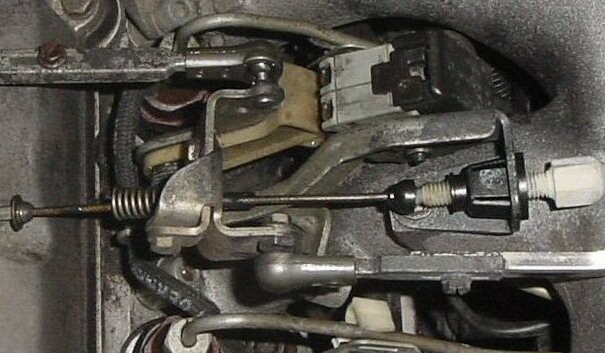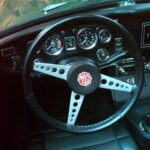A clunky or unstable feeling when turning or driving over uneven surfaces can indicate worn-out rear sway bar links. These links connect the sway bar to the suspension and help stabilize the vehicle, especially during cornering. Worn links can compromise handling and create a noticeable difference in driving experience.
Identifying Worn Rear Sway Bar Links
Several symptoms can point to bad rear sway bar links. One common sign is a clunking or knocking noise coming from the rear of the vehicle, often when going over bumps or turning. This noise results from excessive play in the worn-out links.
Another symptom is a swaying or unstable feeling, particularly when cornering. As the links deteriorate, they can’t effectively control body roll, making the vehicle feel less stable. This instability can be subtle, like a slight rocking sensation, or more pronounced, feeling like the car is leaning excessively.
Uneven tire wear can also be a symptom. When sway bar links are worn, the vehicle’s weight may not be distributed evenly across all four tires, leading to premature wear on one side or corner of the vehicle.
Additionally, a visual inspection can often reveal worn links. Look for visible damage like cracks, tears in the rubber bushings, or excessive play in the joints. A simple test involves trying to move the sway bar by hand. Significant movement suggests worn links. You can also jack up the vehicle and check for play in the links by grabbing them and attempting to move them up and down or side to side. Any noticeable looseness suggests they need replacing.
Distinguishing Between Sway Bar Link and Trailing Arm Bushing Issues
While similar symptoms can arise from worn trailing arm bushings, there are key differences. Trailing arm bushing issues often manifest as a more pronounced thumping or clunking, particularly when accelerating or braking. A significant test for worn trailing arm bushings involves jacking up the wheel and applying torque to a lug nut with the parking brake engaged. Excessive movement indicates worn bushings. Visual inspection may also reveal cracked or deteriorated rubber in the bushings.
Conclusion
Recognizing the Symptoms Of Bad Rear Sway Bar Links is crucial for maintaining vehicle safety and handling. If you experience any of the symptoms discussed, it’s essential to inspect the links and replace them if necessary. Addressing this issue promptly will ensure a more stable and enjoyable driving experience.


